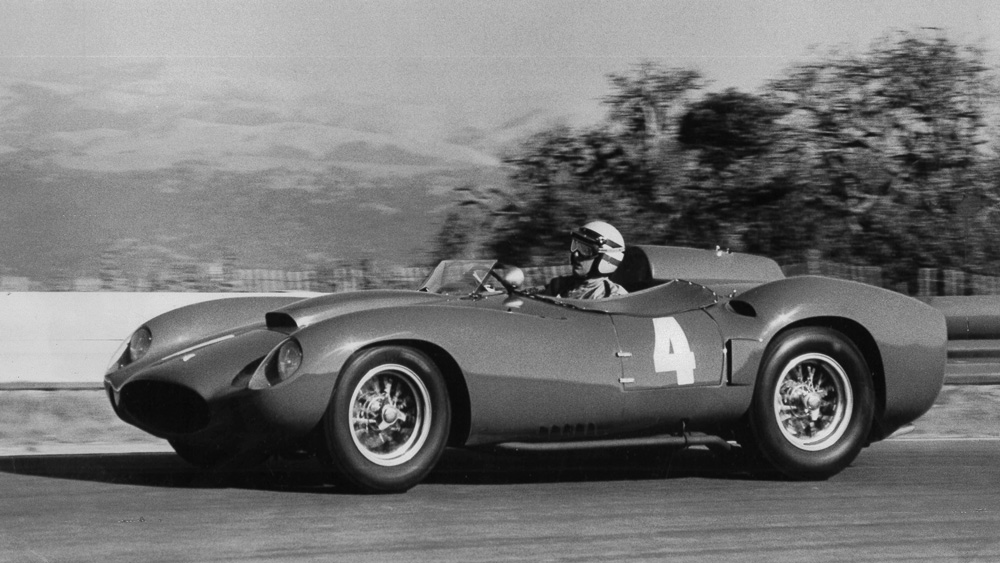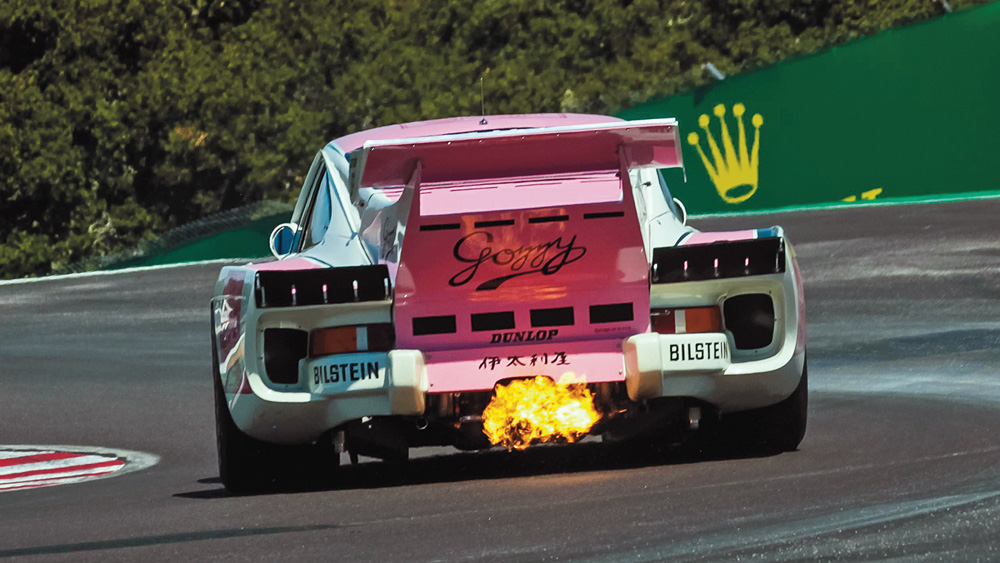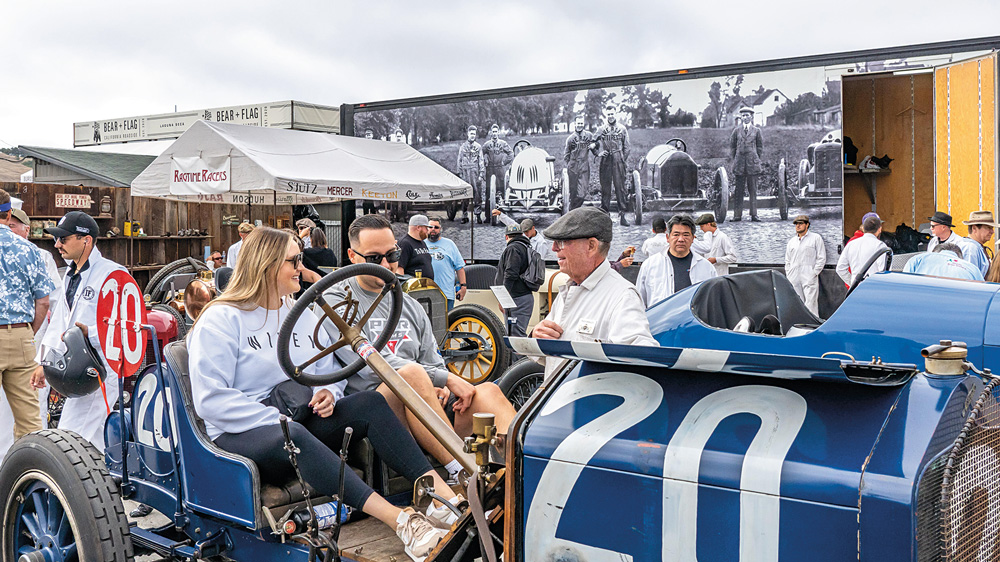The 2024 edition of the Rolex Monterey Motorsports Reunion, Aug. 14-17, has a special significance as it marks 50 years of historic racing at WeatherTech Raceway Laguna Seca. As the oldest continuously-run historic auto racing event in the U.S., it could also be said that this year’s event marks the start of a whole category of racing.
Pinning down exactly when it started or what constitutes vintage racing would be difficult. Founded in 1974 by Steve Earle as the Monterey Historic Automobile Races, it set itself apart with an insistence on provenance and period correctness. Apart from modifications made for safety, ensuring every car entered adhered to the standards of the era in which it originally raced set the original event apart and still does today. It also set the stage for others to follow.
Held on a warm and sunny August 10 day, Earle had handpicked the whole of the field from among a cache of car owners he was friendly with. Until then, many of the race cars sat idle in collections, garages or museums without a safe environment to enjoy them. Earle provided a venue that launched an entire and still burgeoning cottage industry of race car preservation and restoration.
Ultimately, Earle gathered 70 entries spread across eight run groups. Even in year one, the field oozed with high quality cars, among them a 1927 MG Le Mans, a 1966 Ford GT Mk 2 and a bevy of luscious Ferraris highlighted by a 1952 212 Export.
Most participants had come from California, and hardly any had competition experience.
“The whole process was very relaxed,” says Ralph Borelli, who’d entered in ’74 with a 1915 Ford Racer. “In fact, my Racer was actually from ’26, but we’d swapped out the radiator for an old brass one, so we were admitted as a 1915.”

Another original competitor, Marnix Dillenius, who drove a 1963 Alfa Romeo GTZ at the 1974 event, has entered again for this coming August and remembers that there was no formal process for proving your racing credentials back then. He laughs as he recalls there was a four-minute inspection from a “Dr. Lee,” who checked the driver’s eyesight and then sent them out on the track.

